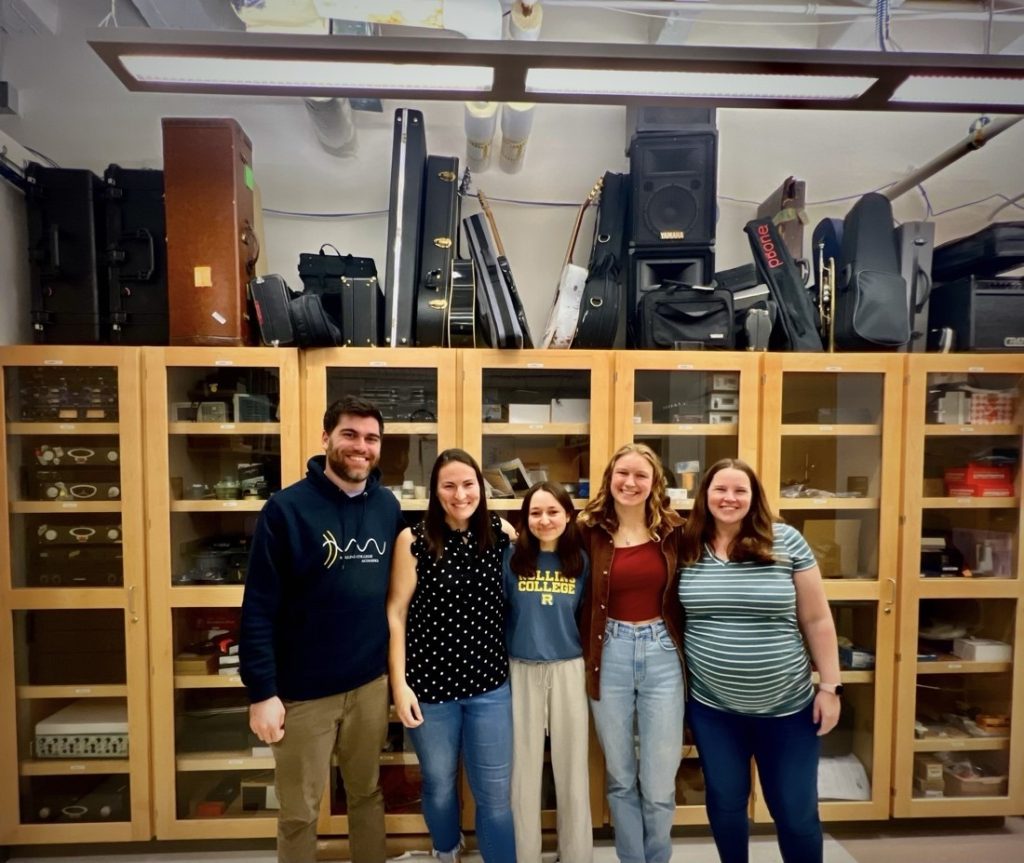
The first floor of the Archibald Granville Bush Science building creates a soundscape like no other; the gentle whirring of the coffee machines in Bush Cafe, the soft chatter of students, or the shuffling of feet as classes end. While these sounds have come to define the atmosphere of Bush Science Center, few stop to consider the importance of these sounds, or the complexity of their very existence.
While the first floor of Bush may be your stop for coffee or a peaceful study session, the answers to understanding aspects of everyday life come from an elevator ride one floor down. Across classroom 180 on the first floor, lies a standalone elevator that transports you into Bush’s best-kept secret. The elevator down to the basement reveals a cozy den with an assortment of tables and whiteboards adorned with mathematical hieroglyphics. The basement of Bush is home to a physics paradise, complete with an acoustics sound lab used to measure vibrations from various instruments including guitars, violins, and even 3-D printed organ pipes.
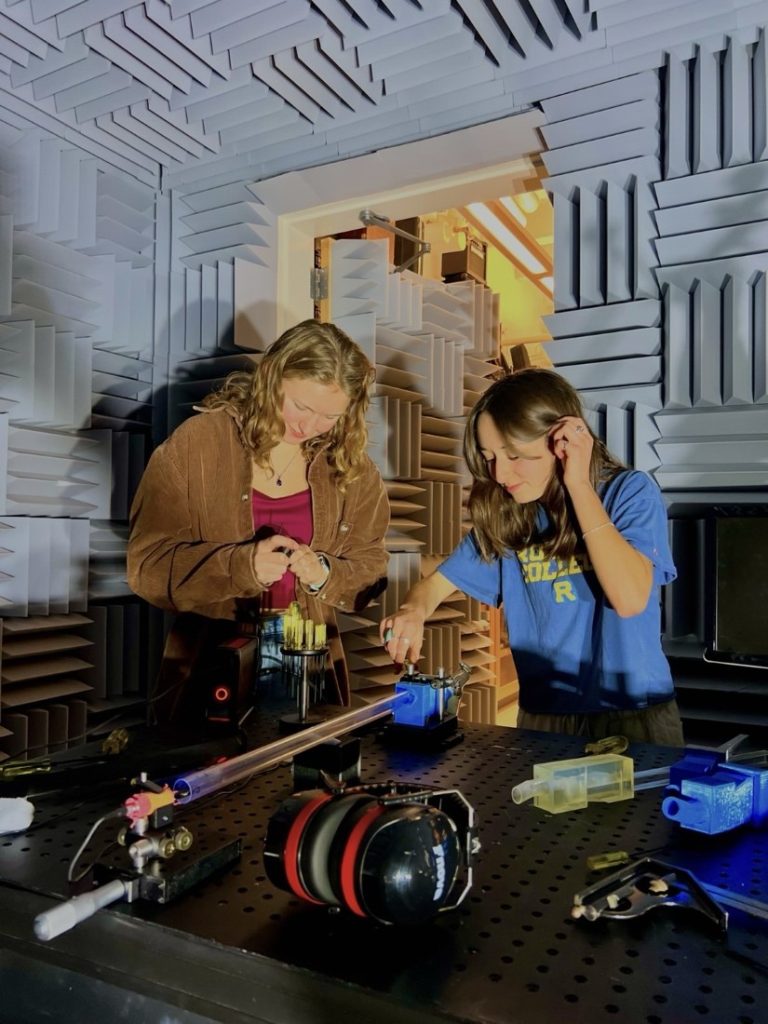
Bush’s basement is far more than a place for physics majors to research, collaborate, and work on projects and assignments. It encapsulates what exactly makes a liberal arts education so special, with interdisciplinary study being applied to physics in a variety of ways. Whether it be research into sound vibrations using lasers, ophthalmological experimentation, or the conquest into the effects of rocket launch acoustics, physics lies at the forefront of understanding just about anything.
His first year as a Visiting Professor at Rollins, Dr. Eric Rokni (’18) brings an “instrument zoo” for students on the first day of his RFLA: The Physics of Musical Instruments course. An assortment of instruments ranging in color, size, shape, and timbre allow for questions to be introduced such as “Why are these sounds happening?” and “what can be done to change these sounds?” These questions are deceivingly simple and emphasize the inquisitive nature of physics. At the core of physics lies a desire to understand the outside world and the phenomena we interact with.
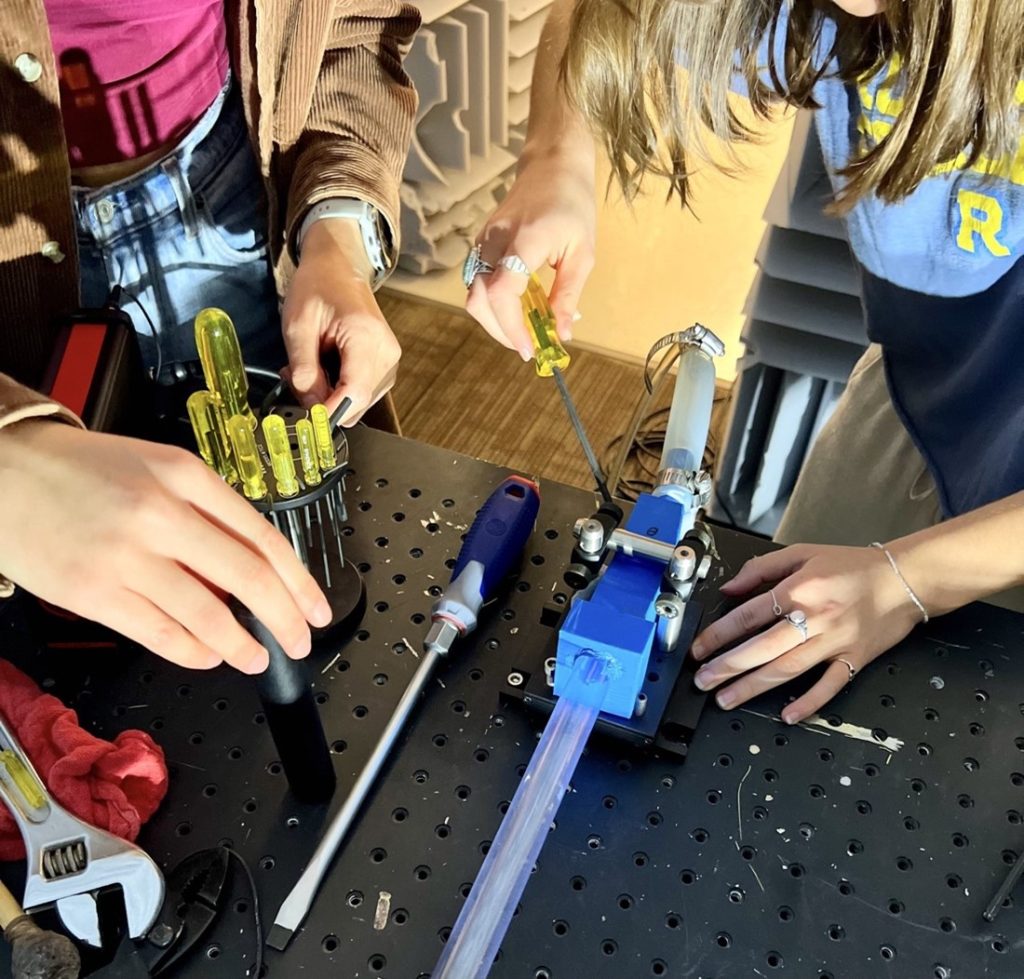
As an accomplished cellist, Rokni began his career at Rollins as a student, unsure of a field in which he could combine his two passions: music and physics.
“I didn’t know if I would be able to connect them” says Rokni.
After graduating from Rollins as a Music and Physics Double Major then obtaining his PhD in Acoustics from Penn State University, Rokni has returned to his alma mater to not only teach, but to provide a living example of the multifaceted nature of physics—combining both passions as an acoustician.
Sound acoustics is not the only way physics proves to be interdisciplinary.
Lauren Schefter (’25), a current Physics Major at Rollins, is also completing a minor in studio art. For many, these two subjects may seem like the antithesis of each other, however the subjects are more complementary than one might think.
“I get to practice creativity throughout the entire year, in a variety of ways,” says Schefter.
For many, the study of physics seems incredibly daunting, however the interdisciplinary nature of the subject often gets overlooked. At Rollins, acoustic research only makes up the tip of the interdisciplinary iceberg.
Physics Major Makayle Kellison (’25), spent this past summer alongside Rollins Professor Whitney A. Coyle and a research team at Brigham Young University, collecting research on rocket acoustics for the publication of a peer-reviewed article in JASA Express Letters, a scholarly journal that features work on subjects such as acoustics, signal processing, communication and more.
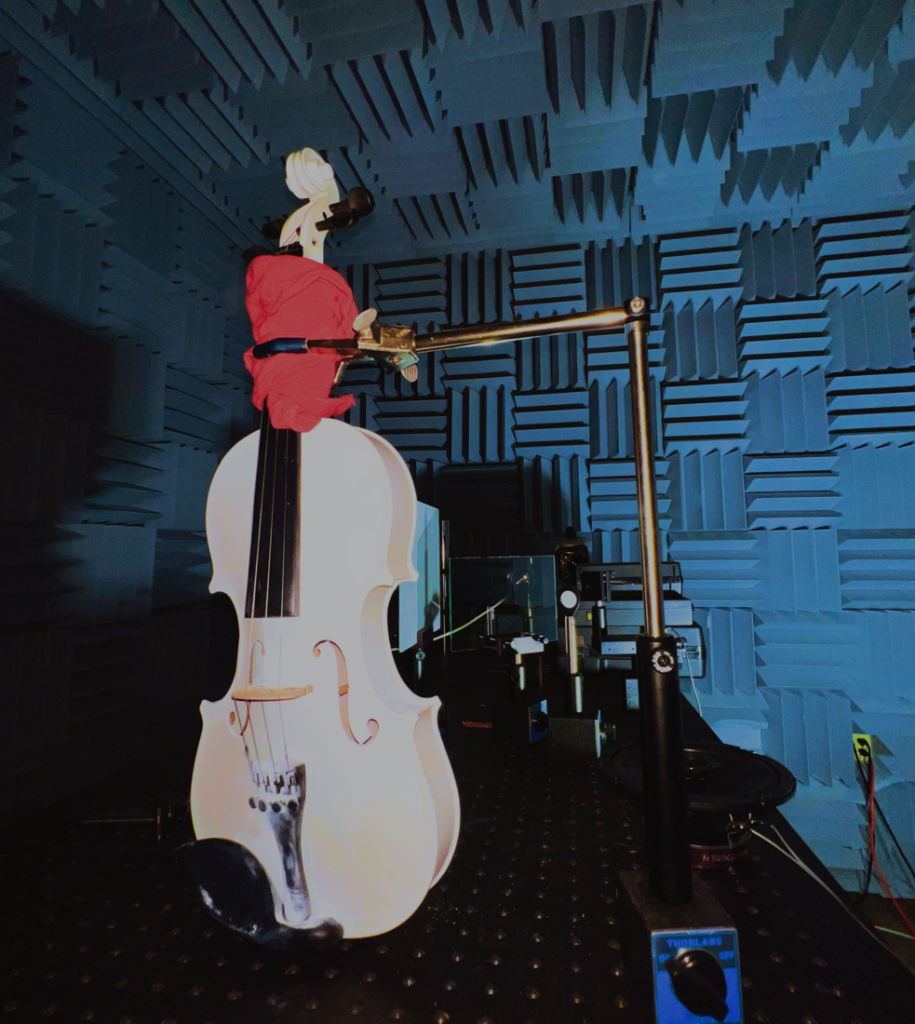
Kellison explains that much of the research done concerned the implications of rocket acoustics, and the effect that rocket acoustics can have on things such as surrounding communities, biological impact, and ecological functions; just another reflection of the inquisitive nature of physics.
“When you can connect your research to so many other issues, it really ties back to what we value at Rollins” says Kellison. Being able to connect concepts taught in classes and apply them to a multitude of settings and situations is just one of the hallmarks of a liberal arts education.
Venturing down to the basement of Bush seems formidable, however the slow separation of the elevator doors, revealing the welcoming common area, immediately illuminates what distinguishes physics at Rollins: the importance of community. Students and Professors seek refuge in the physics lab, whether for research or to catch up with a friend. The physics community at Rollins and the relationships built between students and professors prove to be a key component in the passion and motivation many physics majors feel for their studies.
“It is a lot of hard work, but when you are surrounded by a community that’s encouraging you and helping you, it makes it so much better. I would not be a physics major anywhere else” added Schefter (‘25).

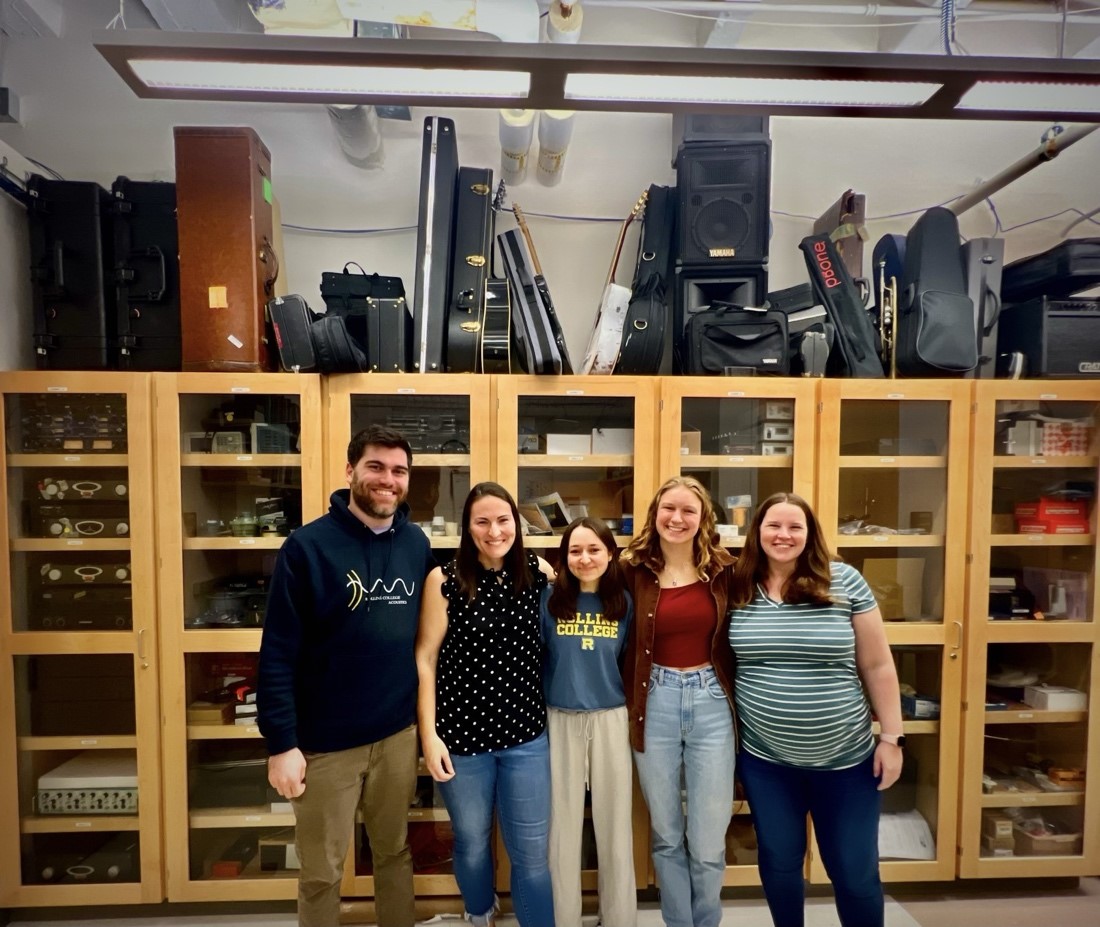



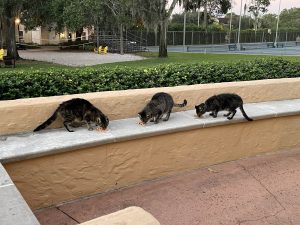
Comments are closed.